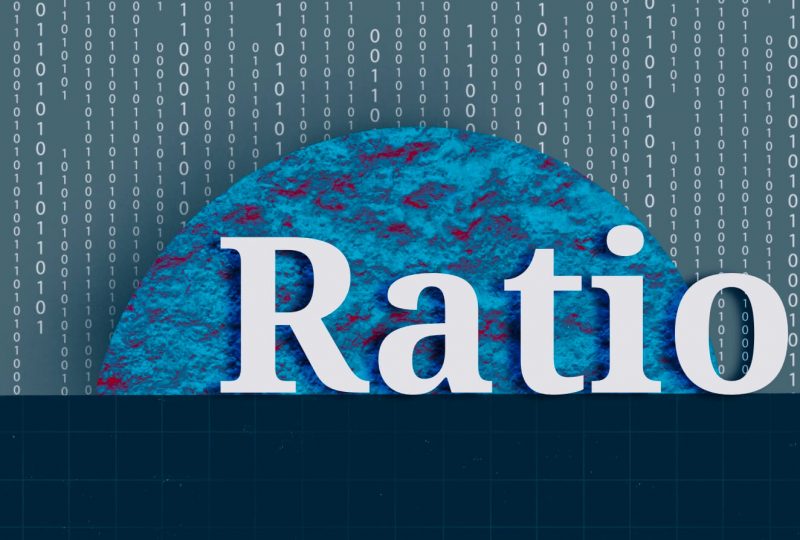ETF liquidity: Looking for a Trustworthy Provider
July 7, 2021

Exchange-traded funds are investing instruments marked by fast-growing potential. As of today, $7.74 trillion is locked under the management of ETFs. The overall number of such funds has recently surpassed the mark of 7600, and within 10 years the growth of 304% is observed. While talking about investments, liquidity is among the crucial factors to consider. What are ETFs, and why should a brokerage company take the liquidity notion into account?
ETF funds and investment instruments
In general terms, exchange traded funds (ETFs) are all about the stock market; meanwhile, the benefits of mutual funds are implemented there as well. ETFs are bought and sold on exchanges, and a fund’s securities are backed by different assets (aside from stocks, currencies, metals, and other solutions are possible).While talking about the ETF working mechanisms, the following stages are pointed out:1. A fund owner purchases certain assets foremost.
2. Then an owner runs a fund backed by purchased assets and offers shares to investors.
3. When an investor buys ETF shares, that doesn’t mean that he (she) gets access to assets purchased by a fund’s owner. Meanwhile, shareholders may get dividend payments or reinvestments.
4. ETF shares are traded on exchanges like other stocks. Depending on the overall value of underlying assets, the price of a share may increase or drop down.What about private investors? Are there any chances to purchase shares directly from a fund? The answer is ‘yes,’ when you are a major player. In any other cases, shares are primarily purchased by the authorized partners (APs) and then distributed to brokerage companies.
Are ETF shares liquid?
The criterion of liquidity does matter related to all financial instruments, and exchange traded funds are not the exception. The ETF liquidity is something of much account for both investors and brokers. The first ones need to get assurance of their capability to buy and sell shares quickly by market prices, while brokers need to understand who to guarantee the highest liquidity to convince private investors to use a platform.The notion of ETF provided can be roughly broken down into two categories:The first category (level) refers to the actual liquidity of an ETF fund;The second category (level) includes the basic liquidity, being linked to underlying assets.As for major players and Authorized partners, they are interested in the basic liquidity, while private traders take the first liquidity level into account.
Who are ETF liquidity providers?
Providers of ETF liquidity are understood as mediators between funds and exchanges. They are authorized partners and market-makers who purchase shares directly from an ETF fund. Exchanges and brokerage companies cooperate with liquidity providers to offer ETF shares for private buyers and sellers.Who are the best liquidity providers, and how can a brokerage company fulfill the demand of its traders?
Key criteria of a reliable ETF liquidity provider
Take the following important factors into account:
1. Spreads. Minimum spreads (starting from $0.01) are among the characteristics of a trustworthy provider.
2. Markets to access. Traders are interested to access as many markets as possible; this is why the number of markets does matter.
3. Order execution time. Reliable providers guarantee traders’ orders to be executed within milliseconds.
4. Technical support. That is the last but not the least criterion, as brokerage companies need to obtain an opportunity to contact an ETF liquidity provider at any time they need.Summarize the herein given tips to select a liquidity provider that is able to jump your business to a new level.
Wondering how these solutions can boost your business?
Leave a request, and let our experienced team guide you towards unparalleled success and growth.




